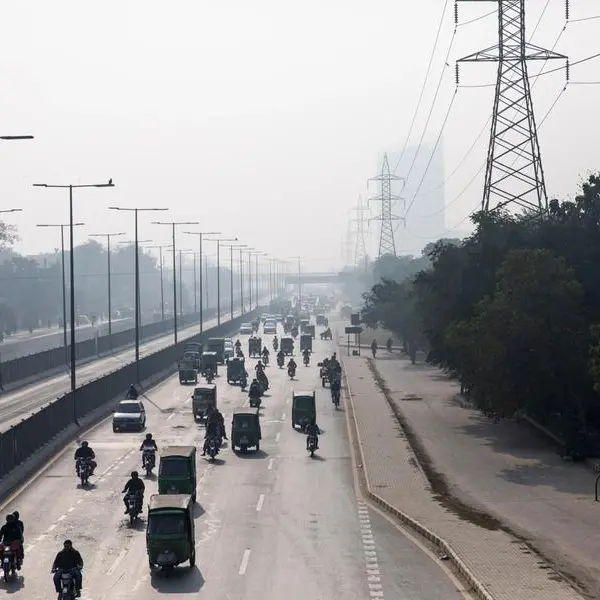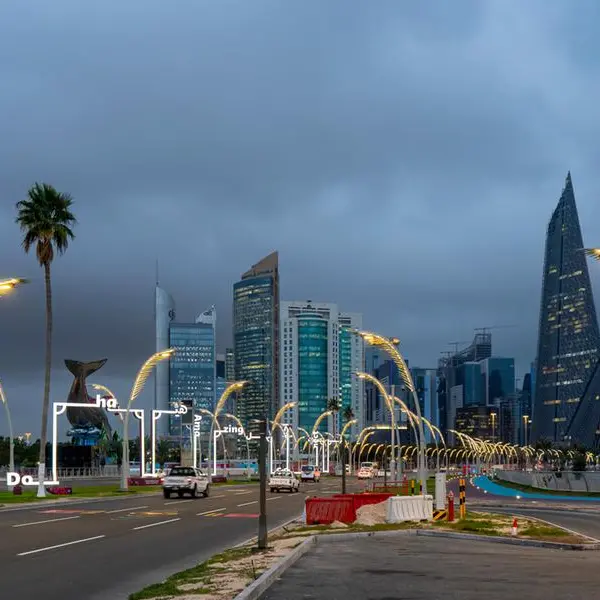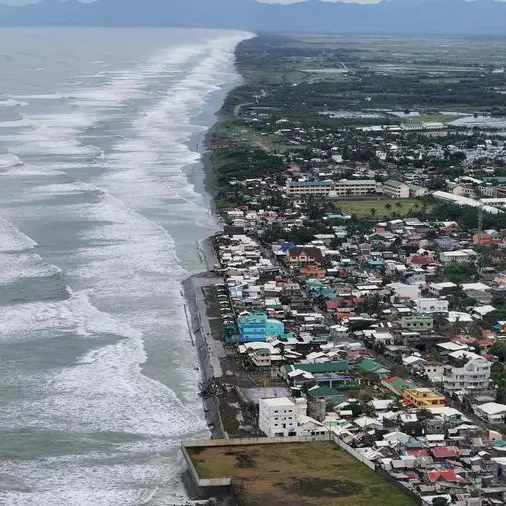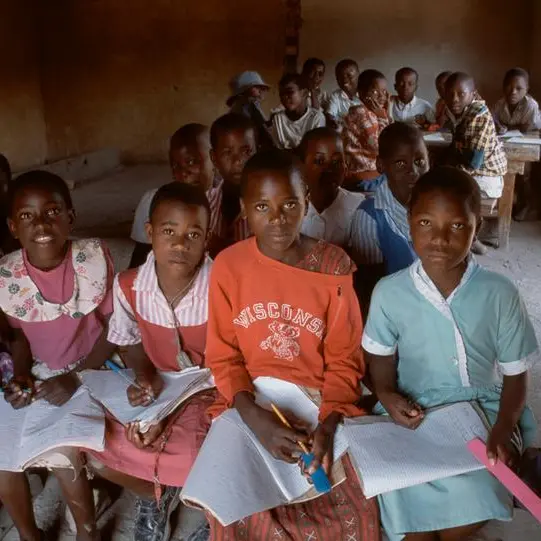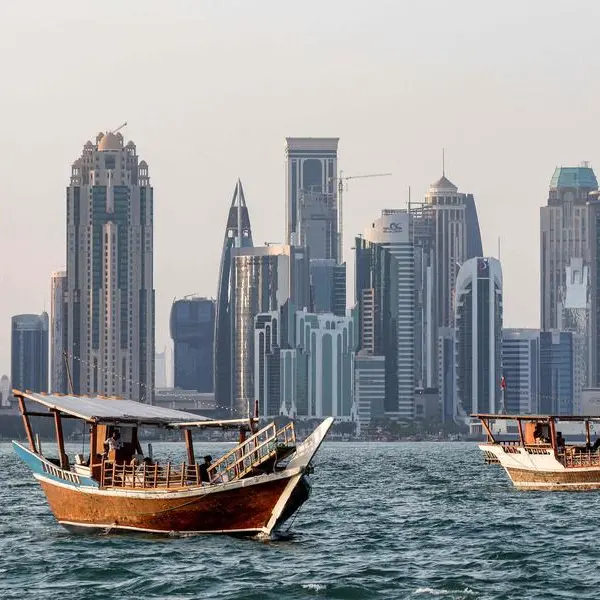PHOTO
JEDDAH — There will be an increased rate of heavy rainfall along the western coast of the Red Sea and the eastern side of the Kingdom along the Arabian Gulf coast and the southwestern regions in future, according to the findings of a climate research study carried out by the National Center for Meteorology (NCM).
The climate model simulations indicate an overall increase in total rainfall across most parts of the Kingdom, the study showed. The frequency of heavy rainfall is expected to rise in areas of Madinah, Al-Qassim, Riyadh, the Eastern Province, Makkah, Asir, Jazan, and the western parts of Najran under medium and high climate scenarios for the near future (2021-2040), the NCM study pointed out.
Moreover, the increase in heavy rainfall is projected to continue during the middle and end of the current century under medium and high scenarios. The study predicts a higher frequency of heavy rainfall occurrences (25 to 30 events) in the case of high scenarios during the last two decades of the current century in the Kingdom’s southwestern regions.
The study has revealed a notable rise in rainfall rates and amounts in specific regions of the Kingdom, while other areas experience a decrease. The study found unprecedented rainfall intensity within a short period, noting that analysis of rainfall data in cities such as Abha, Jeddah, and Riyadh indicates that recurring rainfall intensities every 10 years reach 113, 56, and 33 mm/day, respectively.
Over a 50-year period, these intensities reach 45, 86, and 169 mm/day, respectively, while intensities recurring every 100 years reach about 192, 99, and 50 mm/day. These findings support impact, adaptation, and resilience studies in various sectors, including disaster management in the Kingdom. They are beneficial for long-term national planning by decision-makers and stakeholders to promote sustainable development in the country.
© Copyright 2022 The Saudi Gazette. All Rights Reserved. Provided by SyndiGate Media Inc. (Syndigate.info).


